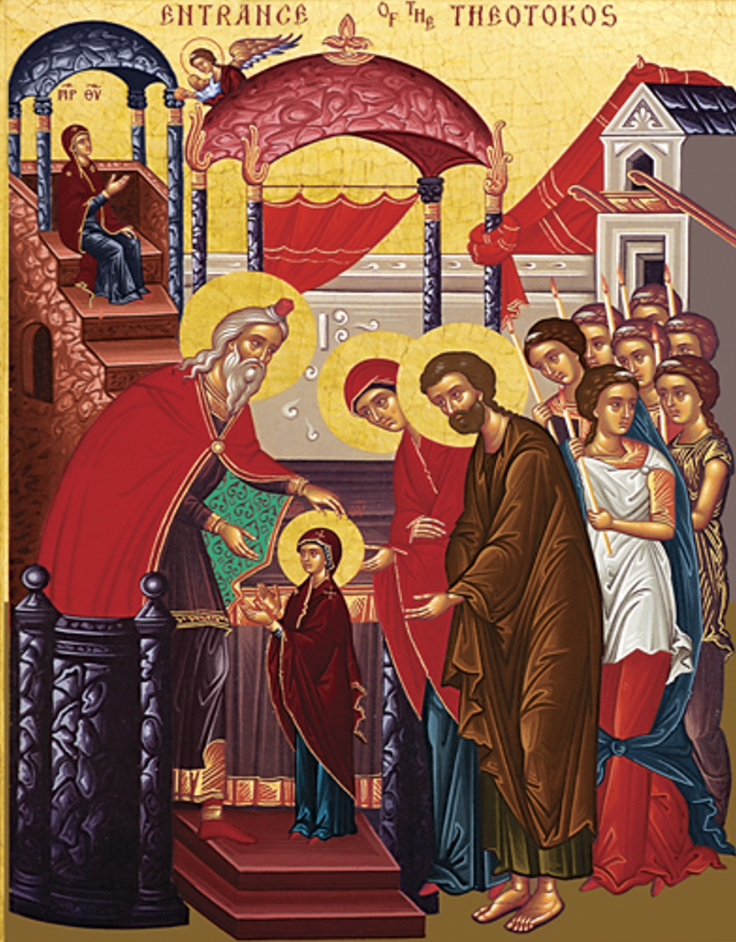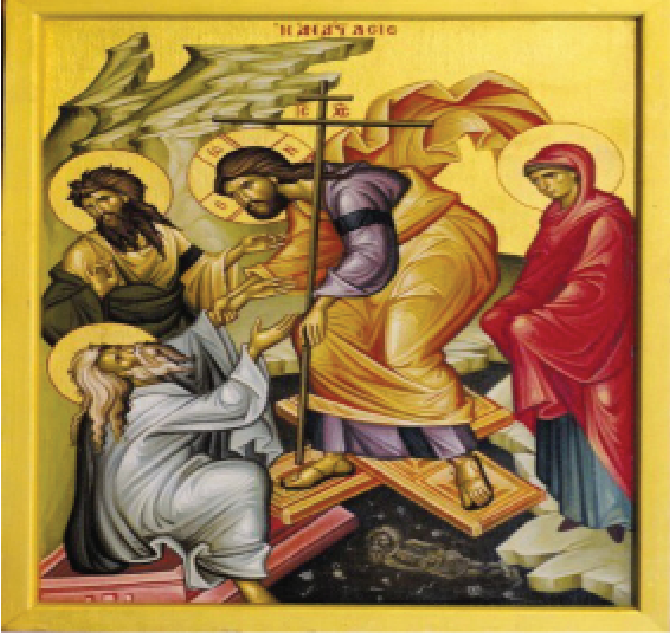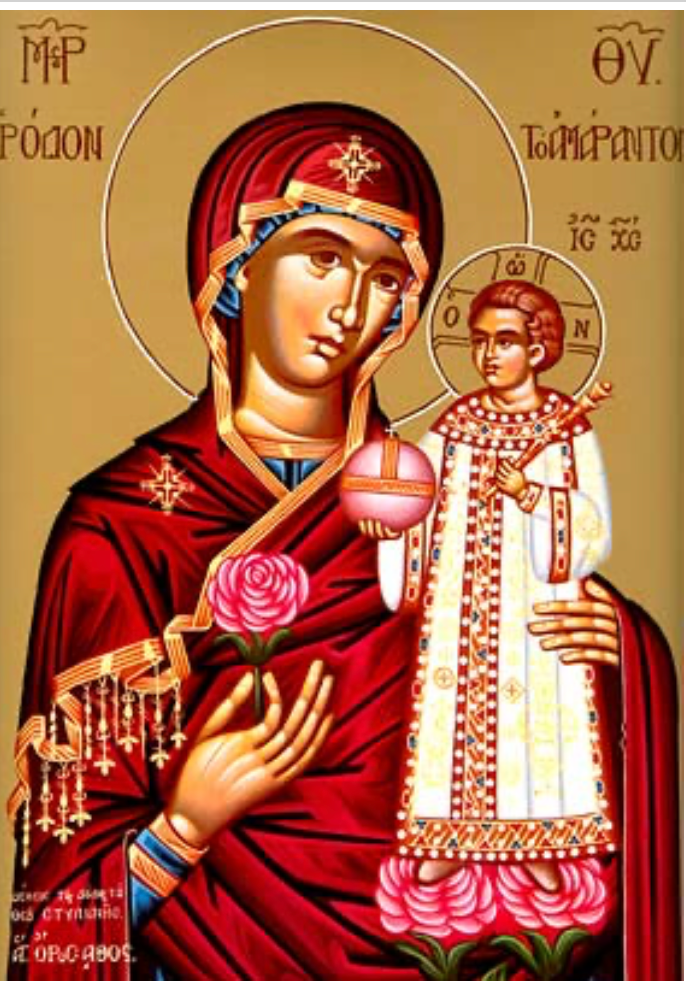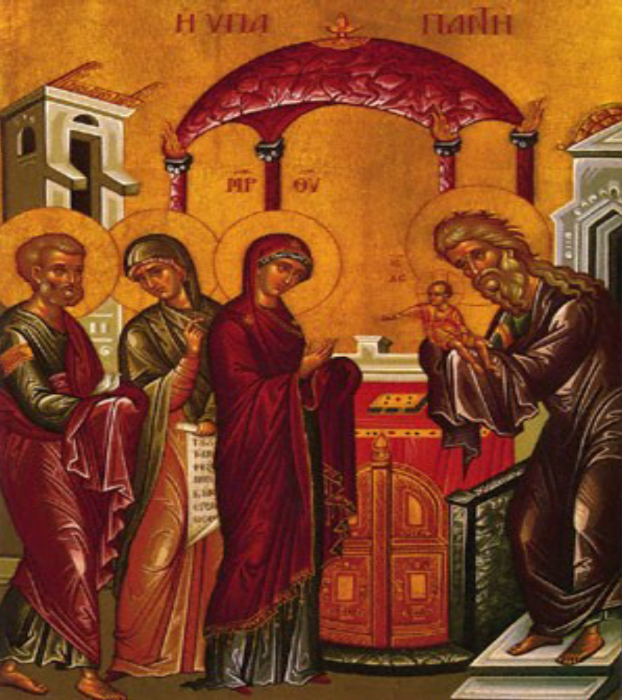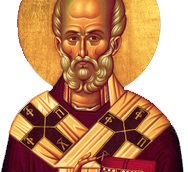Nativity of the Theotokos
The Ever-Virgin Mary is celebrated on September 8 each year
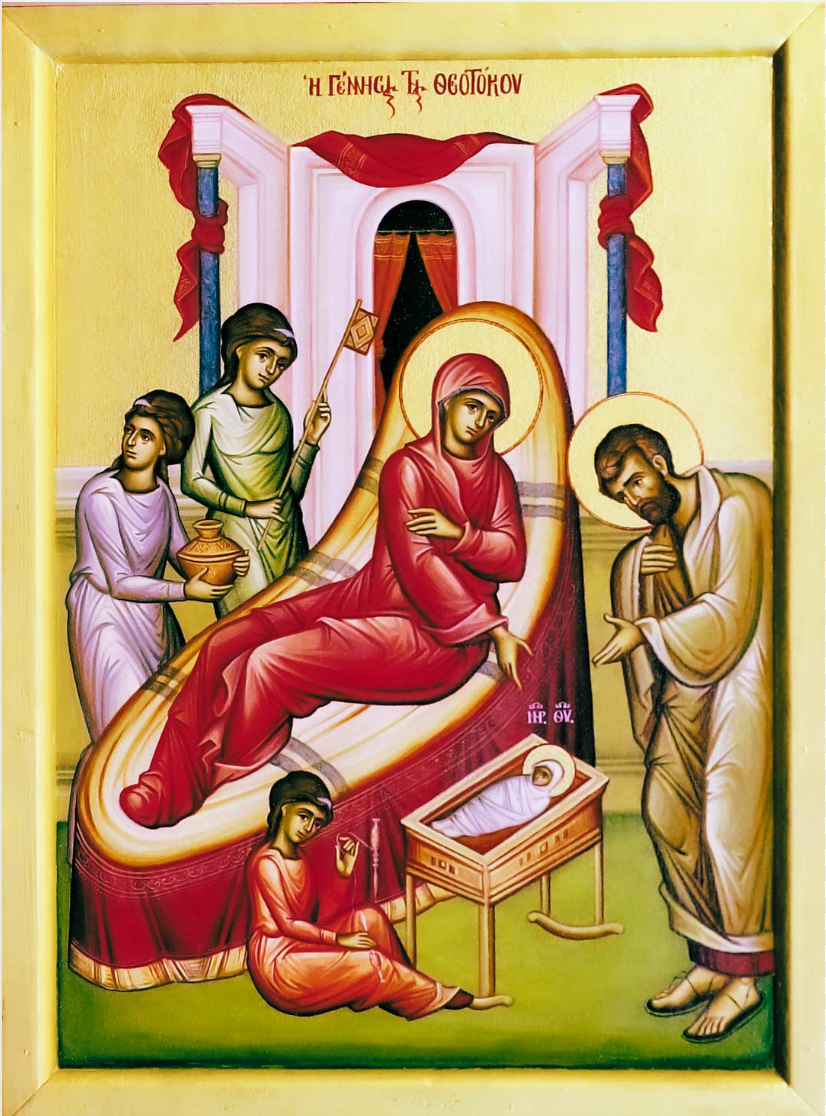
Your birth, O Theotokos, brought joy to the whole world,
for from you dawned the sun of righteousness, Christ our God.
Freeing us from the curse, He gave us His blessings.
Abolishing death, He granted us eternal life.
(Apolytikion of Nativity of the Theotokos)
Introduction
The Feast of the Nativity of Our Most Holy Lady, the Theotokos and Ever-Virgin Mary is celebrated on September 8 each year. The Feast commemorates the birth of the Mother of Jesus Christ, our Lord.
Background
The birth and early life of the Virgin Mary is not recorded in the Gospels or other books of the New Testament, however this information can be found in a work dating from the second century known as the Book of James or Protevangelion.
According to the story found in this book, Mary's parents, Joachim and Anna, were childless for many years. They remained faithful to God, but their prayers for a child were unanswered. One day, when Joachim came to the temple to make an offering, he was turned away by the High Priest who chastised him for his lack of children. To hide his shame, Joachim retreated to the hill country to live among the shepherds and their flocks.
As Joachim was praying, his wife Anna was praying at the same time at their house in Jerusalem. An angel appeared to both of them and announced that Anna would have a child whose name would be known throughout the world. Anna promised to offer her child as a gift to the Lord. Joachim returned home, and in due time Anna bore a daughter, Mary.
Icon of the Feast
The icon of the Nativity of the Thetokos presents to us the central figures of Saints Joachim and Anna, Mary's parents, and the Mother of our Lord as an infant. Saint Anna is in the middle of the icon with her right hand extended toward her daughter. Likewise, Saint Joachim, Mary's father, is gazing upon the young child with his right hand extended toward her. Anna is surrounded by attendants who have assisted with the birth.
The icon directs attention to Mary as the central figure in this feast. It also acknowledges the joy that was felt by Joachim and Anna as new parents with a child received through a promise from God. The liturgical texts of the feast acknowledge this joy and confirm the special role of Mary as the Mother of the Incarnate God, Jesus Christ. In this event, another step is made in sacred history in preparation for the entrance of Christ into the world.
The icon and the feast also acknowledge a transition from barrenness to life. This was but another foreshadowing of what would be offered through Christ, the transformation from death to eternal life.
Orthodox Christian Celebration of the Feast of the Nativity of the Theotokos
The Feast of the Nativity of the Theotokos is celebrated with the Divine Liturgy of Saint John Chrysostom which is conducted on the morning of the Feast and preceded by a Matins (Orthros) service. A Great Vespers is conducted on the evening before the day of the Feast. Scripture readings for the Feast are the following: At Vespers: Genesis 28:10-17; Ezekiel 43:27—44:4; Proverbs 9:1-11. At the Matins: Luke 1:39-49, 56. At the Divine Liturgy: Philippians 2:5-11; Luke 10:38-42; 11:27-28.
Resources
Festival Icons for the Christian Year by John Baggley (Crestwood, NY: St. Vladimir's Seminary Press, 2000), pp. 11-20.
The Festal Menaion. Translated by Mother Mary (South Canaan, PA: St. Tikhon’s Seminary Press, 1969) pp. 47-49.
The Incarnate God: The Feasts of Jesus Christ and the Virgin Mary, Catherine Aslanoff, editor and Paul Meyendorff, translator (Crestwood, NY: St. Vladimir’s Seminary Press, 1995).
Icon of the Nativity of the Theotokos (accompanying the article text) by Athanasios Clark and used with permission.
